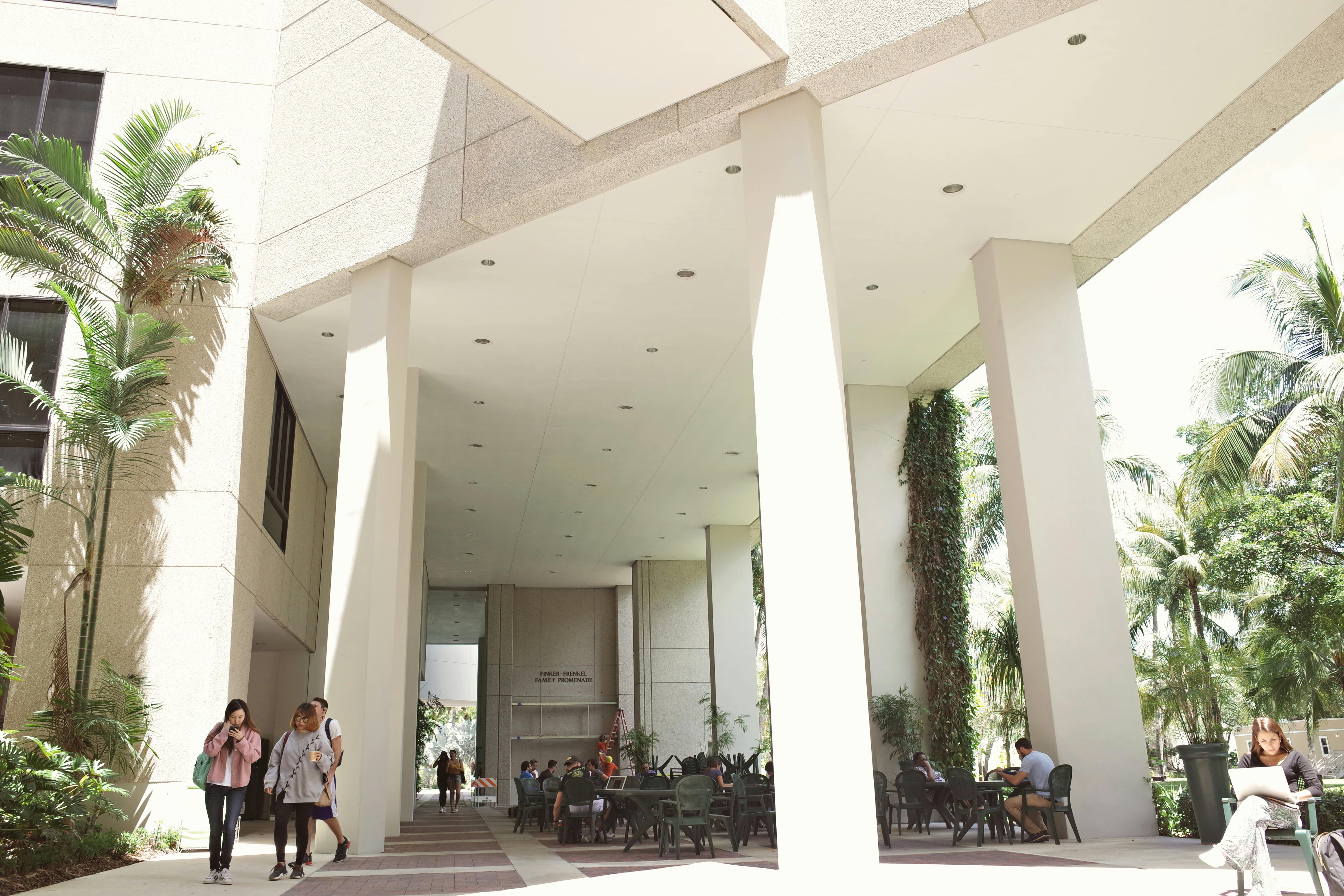City residents who support neighborhood schools are often divided by race and purpose
Tips

Hava Rachel Gordon, University of Denver
The Research Brief is a short take about interesting academic work.
The big idea
When community activists protest issues related to local schools, they do so through movements that are largely segregated by race and class. This is what I found through my research on community activism and school reform in Denver over a span of five years.
Both Black and white community activists had an interest in keeping local schools from being closed. They also wanted better quality schools and more of a voice in what happens at those schools. But they seldom joined each other in their efforts because their battles for neighborhood schools were rooted in different experiences of gentrification.
Gentrification is when more-affluent residents move into low-income neighborhoods, changing the character and makeup of those neighborhoods and forcing low-income residents to move elsewhere due to rising rents. Gentrification often involves turning around, reforming, closing and replacing neighborhood schools.
Black community activists viewed gentrification as an elite-driven process of exclusion and displacement, while white community activists viewed gentrification as an inevitable and even beneficial process.
Why it matters
Community movements can help bring about educational reforms. These reforms include improvements like more college prep courses, school-based community centers and food programs.
These movements don’t always succeed. I found in my research that different experiences of gentrification produce segregated movements to preserve neighborhood schools. This split ultimately keeps activism fragmented and prevents it from turning into a stronger, larger, more unified multiracial movement.
Although white, middle-class activists told me they valued diversity, none of them saw gentrification as problematic. They also felt their presence was beneficial to the neighborhood. They wanted schools to which their children could walk and with which they felt connected.
They also felt entitled to have more say in how neighborhood schools operate. This in turn alienated Black and Latino activists.
Black, low-income activists, on the other hand, saw school closures as a part of gentrification. For them, fighting against school closures was simply one piece of a larger fight against being displaced by gentrification.
These divergent views on gentrification as beneficial or destructive ensures that white, middle-class activists and Black, low-income activists will be unable to join forces. Consequently, they are unlikely to use each other’s strengths to fight for their common cause – which, in this case, is to sustain and provide resources to local neighborhood schools instead of closing them in favor of charter schools or moving them out of the neighborhood.
What still isn’t known
It remains to be seen how segregated school reform movements, produced through different experiences of gentrification, can work through their deep divides and unite for their shared interests. White, middle-class activists in particular would need to better recognize their own participation in gentrification and affirm the grievances of the low-income Black and Latino activists who could be in their coalition.
Research suggests that money and political will are already stacked against the prospect of high-quality, public neighborhood schools in every community. If segregated school reform movements could find common ground, they might be better positioned to fight against these forces.![]()
Hava Rachel Gordon, Associate Professor of Sociology, University of Denver
This article is republished from The Conversation under a Creative Commons license. Read the original article.
The views and opinions expressed in the article are solely those of their authors, and do not necessarily reflect the opinions and beliefs of UDiversity.com.





Comments (5)
Best Company Reply
- Ali Tufan
- 2 days ago
Lorem ipsum dolor sit amet, consectetur adipiscing elit. Fusce vel augue eget quam fermentum sodales. Aliquam vel congue sapien, quis mollis quam.Because Other Candidates
- Martha Griffin
- 23 August 2018
Lorem ipsum dolor sit amet, consectetur adipiscing elit. Fusce vel augue eget quam fermentum sodales. Aliquam vel congue sapien, quis.Aldus PageMaker including versions Reply
Lorem ipsum dolor sit amet, consectetur adipiscing elit. Fusce vel augue eget quam fermentum sodales. Aliquam vel congue sapien, quis mollis quam.